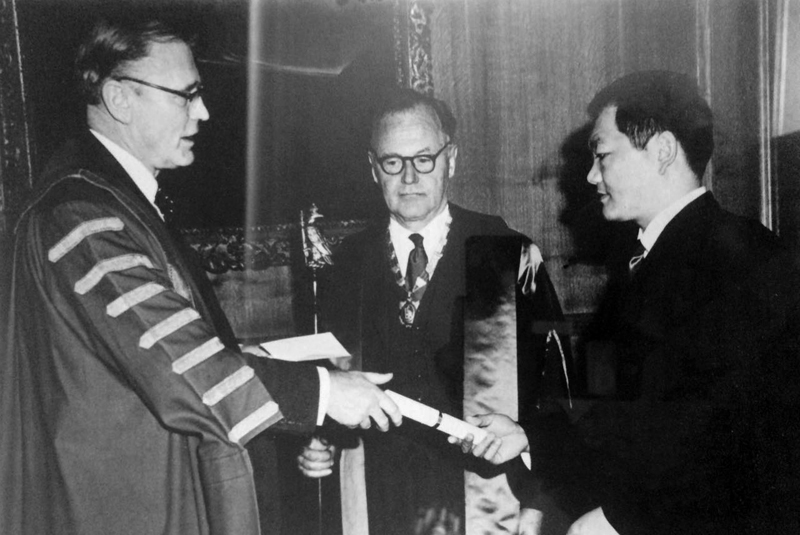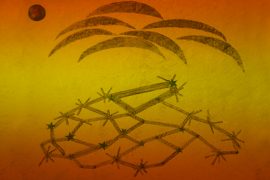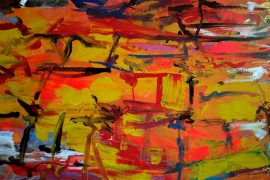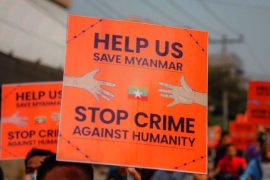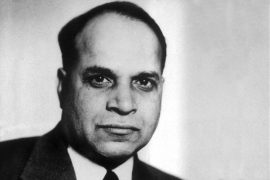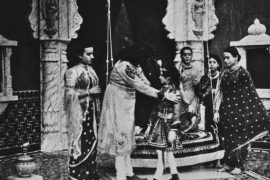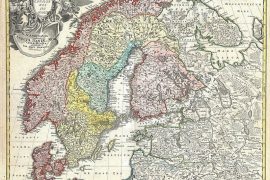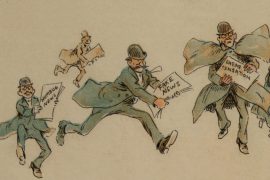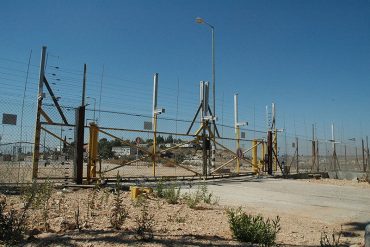On an unusually sunny afternoon of Darjeeling during my research trip in September 2015, I was handed a pile of papers by Lhamo Pemba. Serendipity it was, for it turned out to be the treasure trove of her late father — a physics question paper of 1950 from the University of London, a letter from the Royal College of Surgeons in Edinburgh felicitating him for achieving the prestigious Hallett Prize in surgery in 1966, a series of letters sent from Tibet to London by his father between 1949 and 1954, personal diaries and notes dating from 1950, and two unpublished manuscripts comprising the Diary of a Doctor to Tibetan Mystics and Masters and the novel White Crane, Lend me Your Wings! This pretty much sums up the intellectual and passionate life of a doctor and writer, who happens to be a Tibetan.
Born on 5 June 1932 at Gyantse in Tibet, Tsewang Yishey Pemba’s life had a trajectory that earned him the title ‘a man of many firsts’ in his obituary. He was the first Tibetan to become a doctor and surgeon, besides writing an autobiography and novel in English, both published in London by Jonathan Cape in 1957 and 1966 respectively. His brilliant intellectual journey had a humble beginning from a local school in Lhasa where he learnt the alphabet by assembling pebbles. When he turned nine, his father Pemba Tsering, a Tibetan cadre officer in the British government, brought him to India for formal education and enrolled him in the Victoria Boys School at Kurseong near Darjeeling.
Dr Pemba (left) with his father Rai Bahadur Tsering Pemba (Tibetan Cadre with the British Indian Government): Image Courtesy: Shelly BhoilPemba was among the early Tibetan immigrants in India whose life and works bear testimony to the flow of Tibetan history before the Chinese takeover. Tibet’s location on the world’s highest plateau has given it an image of an inaccessible Shangri-La since the publication of James Hilton’s Lost Horizon in 1933. In reality, Tibetan traders and intelligentsia had crossed Tibet’s geographical barriers centuries ago.
Copyright©Madras Courier, All Rights Reserved. You may share using our article tools. Please don't cut articles from madrascourier.com and redistribute by email, post to the web, mobile phone or social media.Please send in your feed back and comments to editor@madrascourier.com

